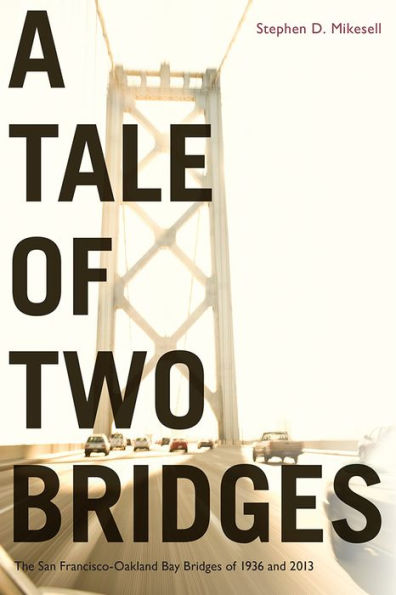5
1

A Tale of Two Bridges: The San Francisco-Oakland Bay Bridges of 1936 and 2013
216
A Tale of Two Bridges: The San Francisco-Oakland Bay Bridges of 1936 and 2013
216
39.95
In Stock

Product Details
| ISBN-13: | 9781943859269 |
|---|---|
| Publisher: | University of Nevada Press |
| Publication date: | 04/03/2017 |
| Edition description: | 1 |
| Pages: | 216 |
| Sales rank: | 903,929 |
| Product dimensions: | 5.90(w) x 9.10(h) x 1.00(d) |
| Age Range: | 3 Months to 18 Years |
About the Author
From the B&N Reads Blog
